Manchester Jewish Museum blends old and new to celebrate social history
Manchester Jewish Museum by Citizens Design Bureau effortlessly bridges past and present and is the city's newest cultural and social history draw
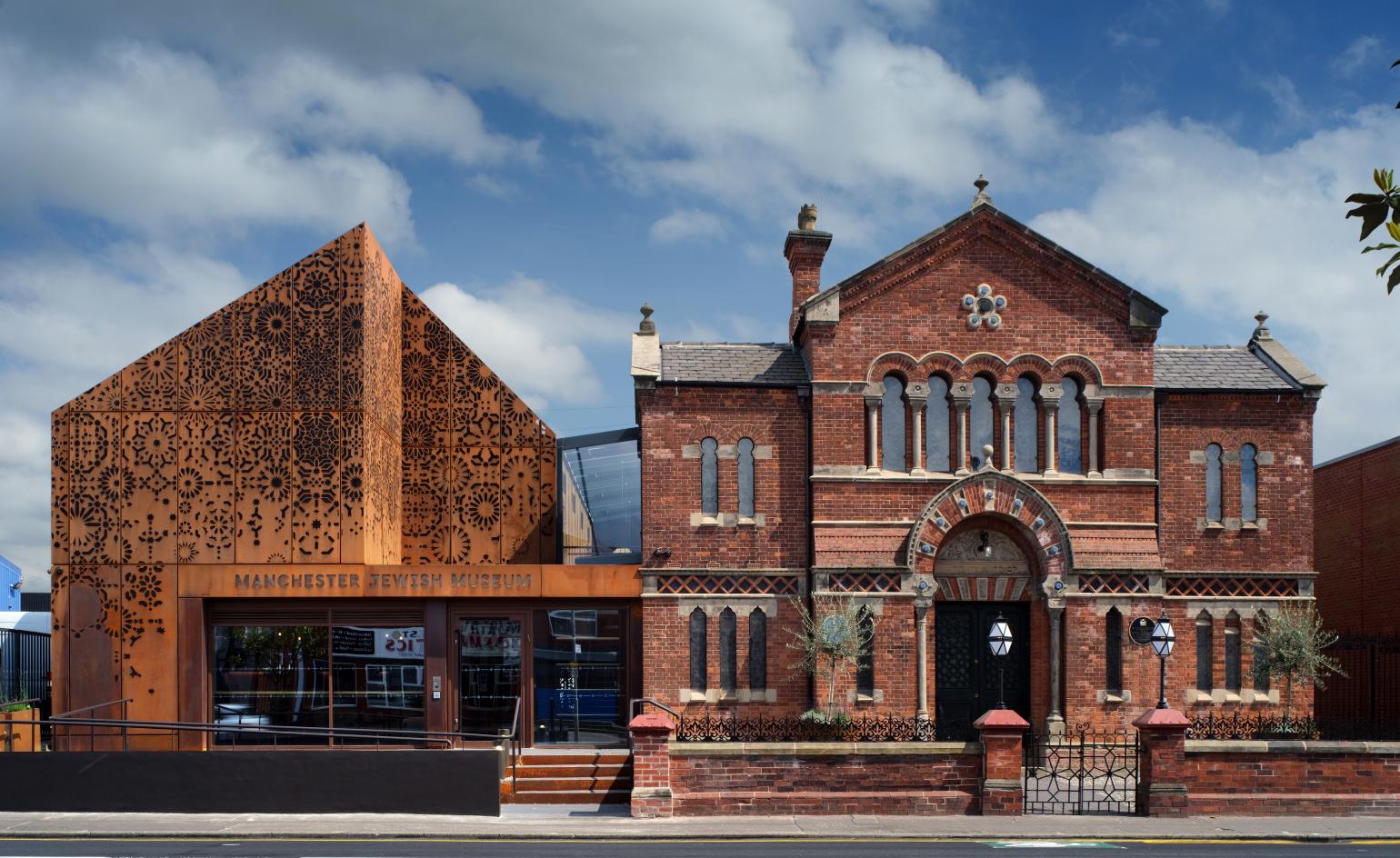
Situated on Manchester City’s Cheetham Hill Road, the former synagogue that is now part of the Manchester Jewish Museum was once the focal point of a thriving community and local textile trading industry. Over time, the neighbourhood changed, and eight years ago, the Grade II-listed structure found itself in an ambiguous context of industrial warehouses and ramshackle merchants' buildings. It is in this setting that Citizens Design Bureau began searching for a way to ‘express the messiness and blurred boundaries of the surrounding context’, says practice director Katy Marks. The studio was appointed in 2016, and now, after almost a decade of planning and two years of closure, the new Manchester Jewish Museum is complete and opens its doors to the public.
A collaborative design process with the local community uncovered food as a point of intersection among multiple faiths. This led to a brief reimagining the museum as a public ‘living-room’ with the ability to host community meals and functions, as well as a range of live events.
For this to be successfully realised, it was important that the new extension did not reference any religious iconography that might subsequently reject or exclude certain communities. Externally, this intent is expressed through a perforated, Corten façade that pulls back to create a new entrance, inviting a diversity of visitors and countering the former synagogue building’s overtly religious appearance.
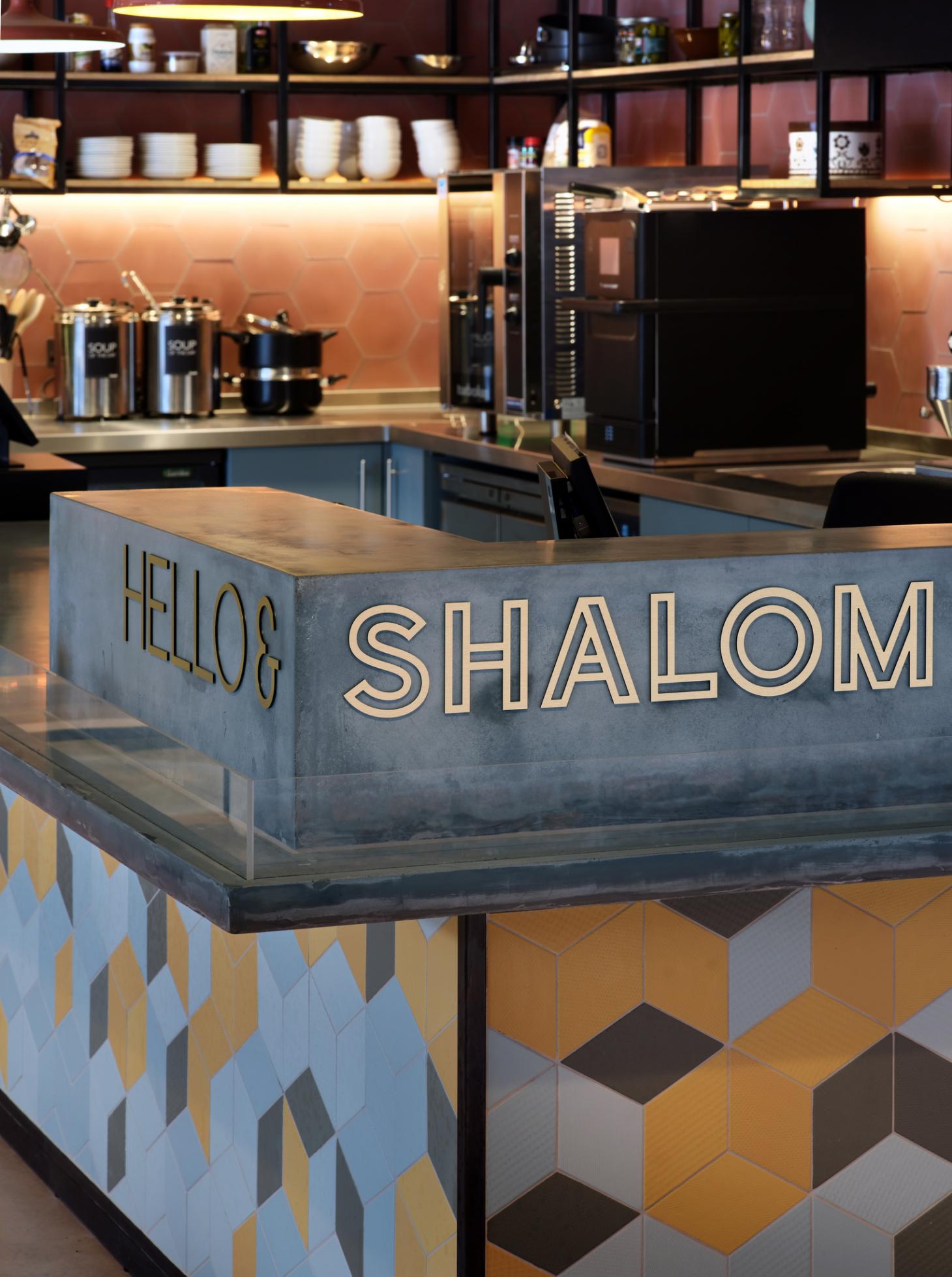
Internally, a well-lit atrium takes visitors through a programme of café, shop and community learning space; the last equipped to host free baking lessons with locals. Upstairs in the new gallery, a large table housing objects from the museum’s collection doubles as a surface for dining, symbolising the union of faith, culture and tradition: the invisible things that hold communities together.
The interior of the deconsecrated synagogue extends this theme of continuity and sharing through a careful restoration that remains faithful to its history as the oldest surviving synagogue in Manchester, while balancing this with the requirement for a fully functioning performance space. ‘It’s very much about not pleasing everyone but telling stories so that it speaks for itself and invites everyone,’ explains Marks. ‘This is a social history museum not a faith museum, and the synagogue is an artefact within that,’ she continues. New is integrated into old seamlessly; sound infrastructures are concealed within the balustrade which, along with the rest of the interior, has been reinstated to the original 19th-century colour palette.
Much like the synagogue’s outward expression, which reflects the geographical origins of Sephardi Jews in North Africa through its Moorish geometric motifs, the new extension reflects an emerging context of openness and exchange by facilitating intercultural dialogue, bridging religious and cultural differences to build on a shared, common experience.
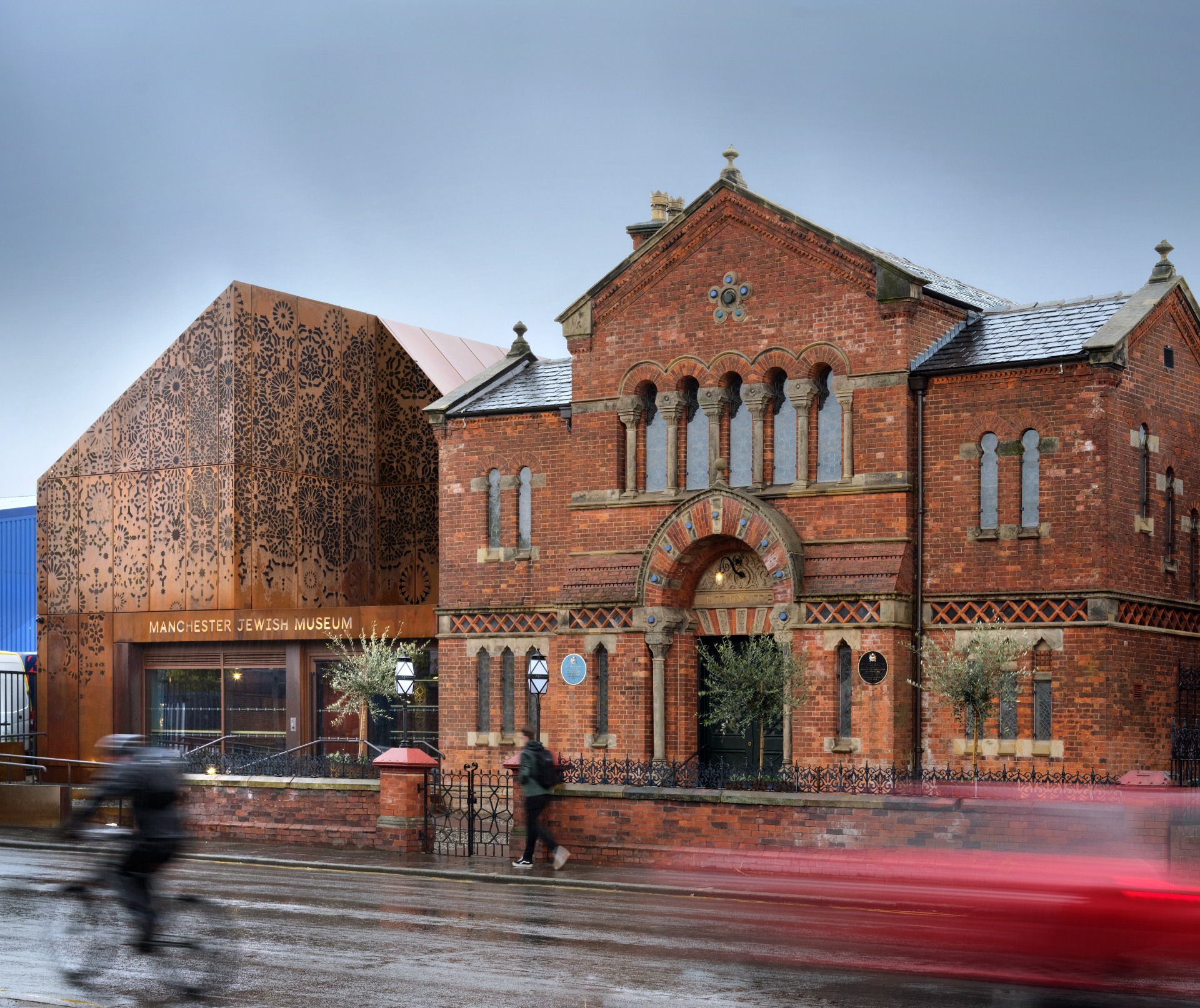
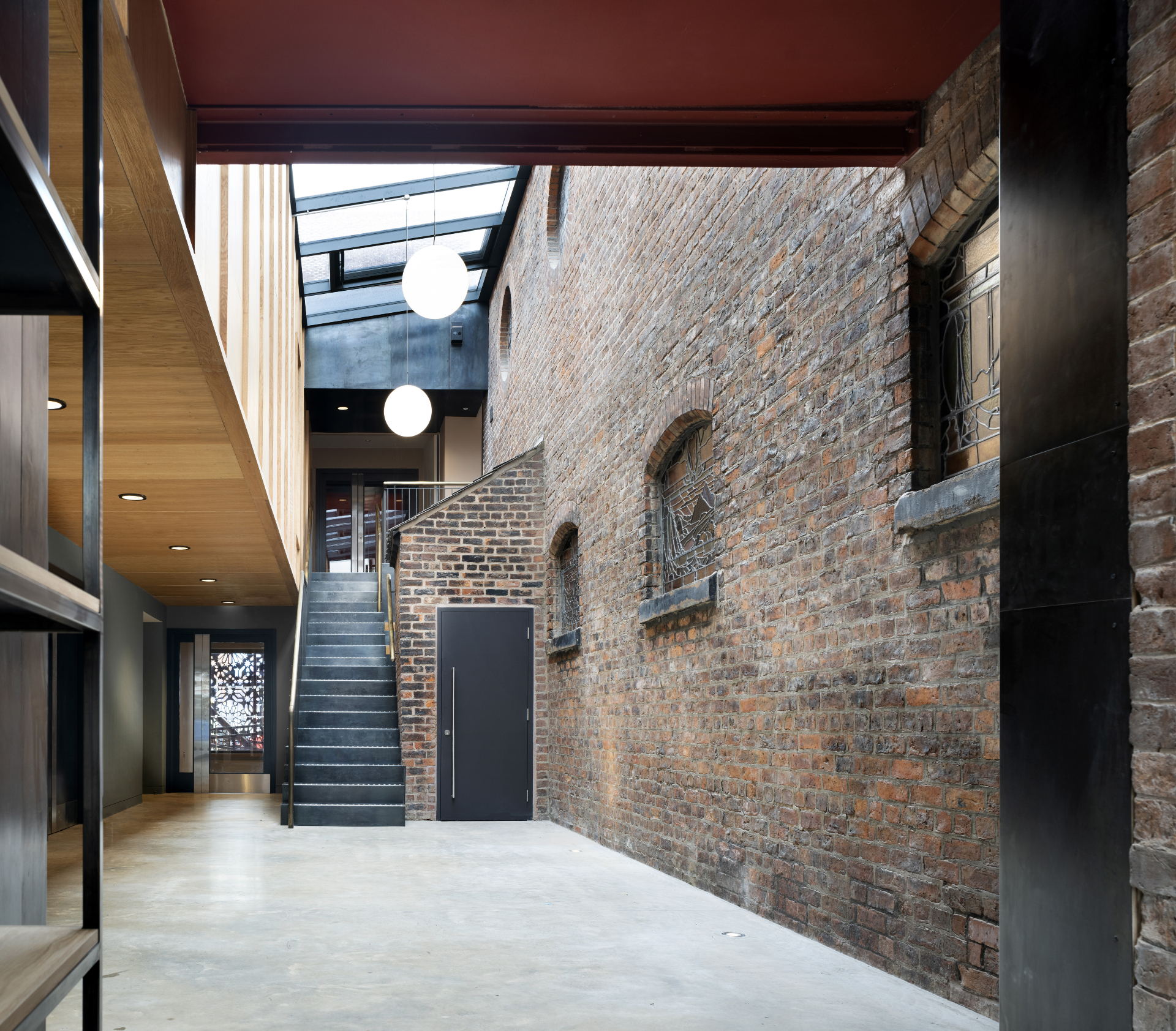
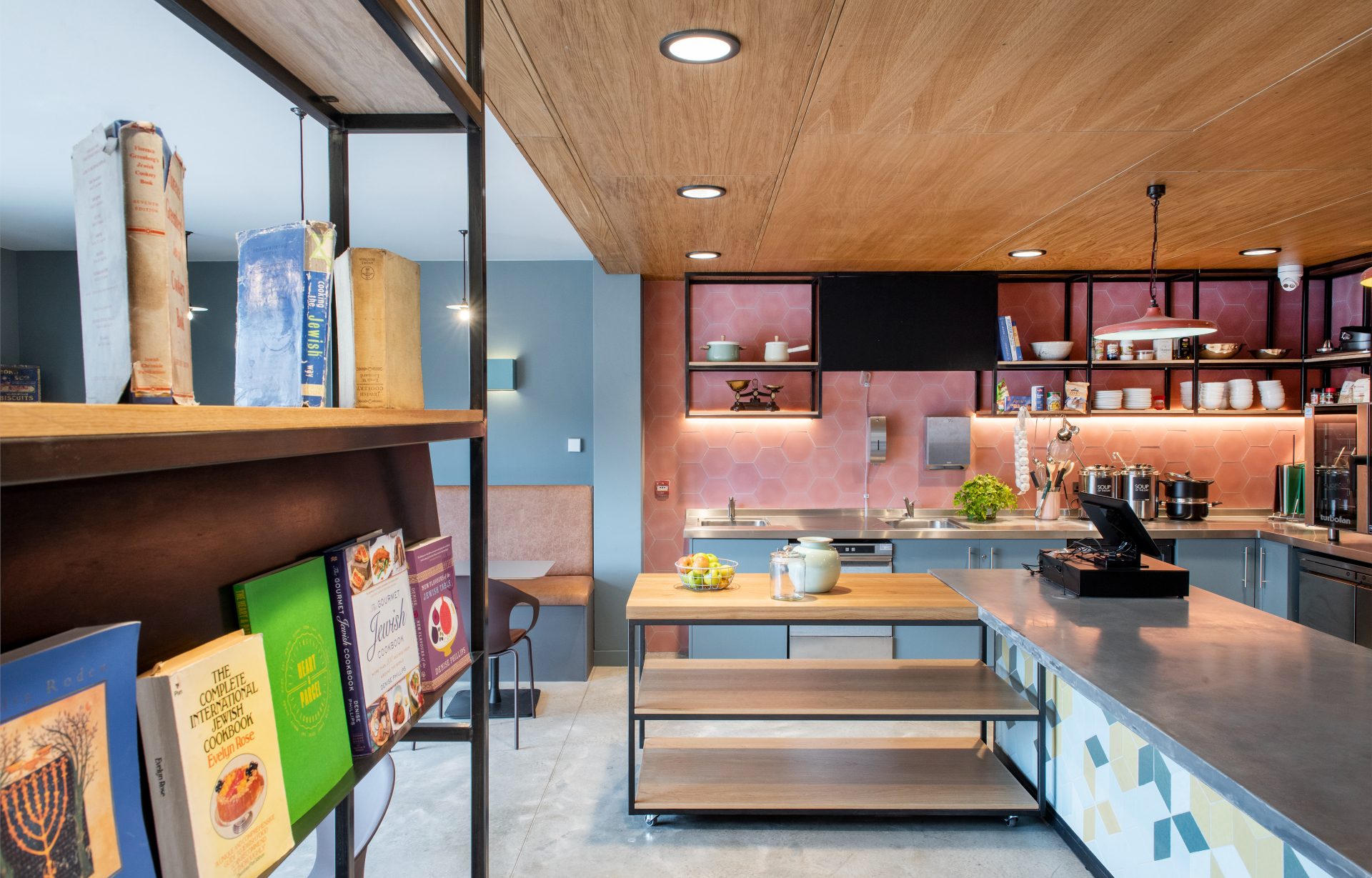
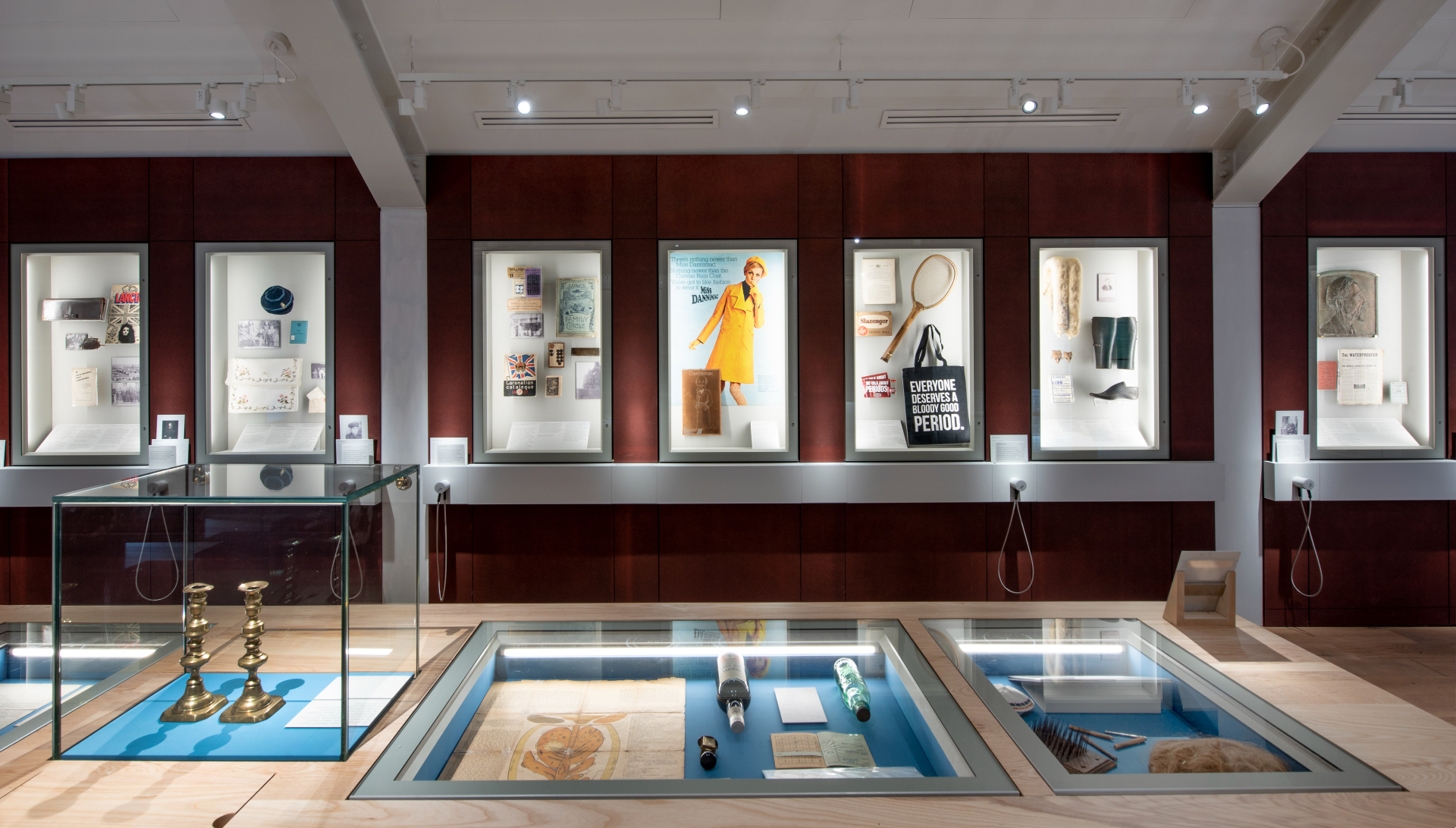
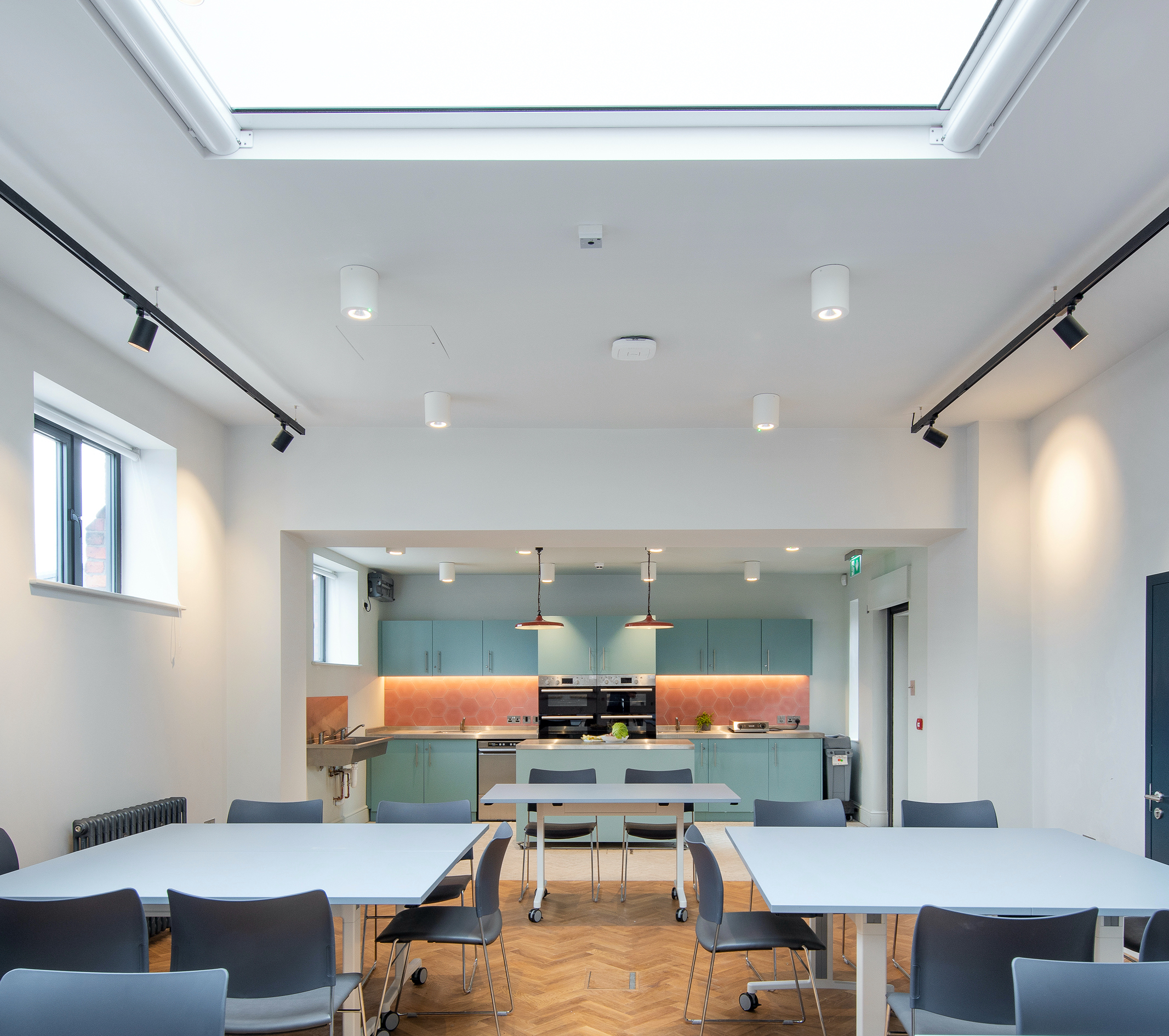
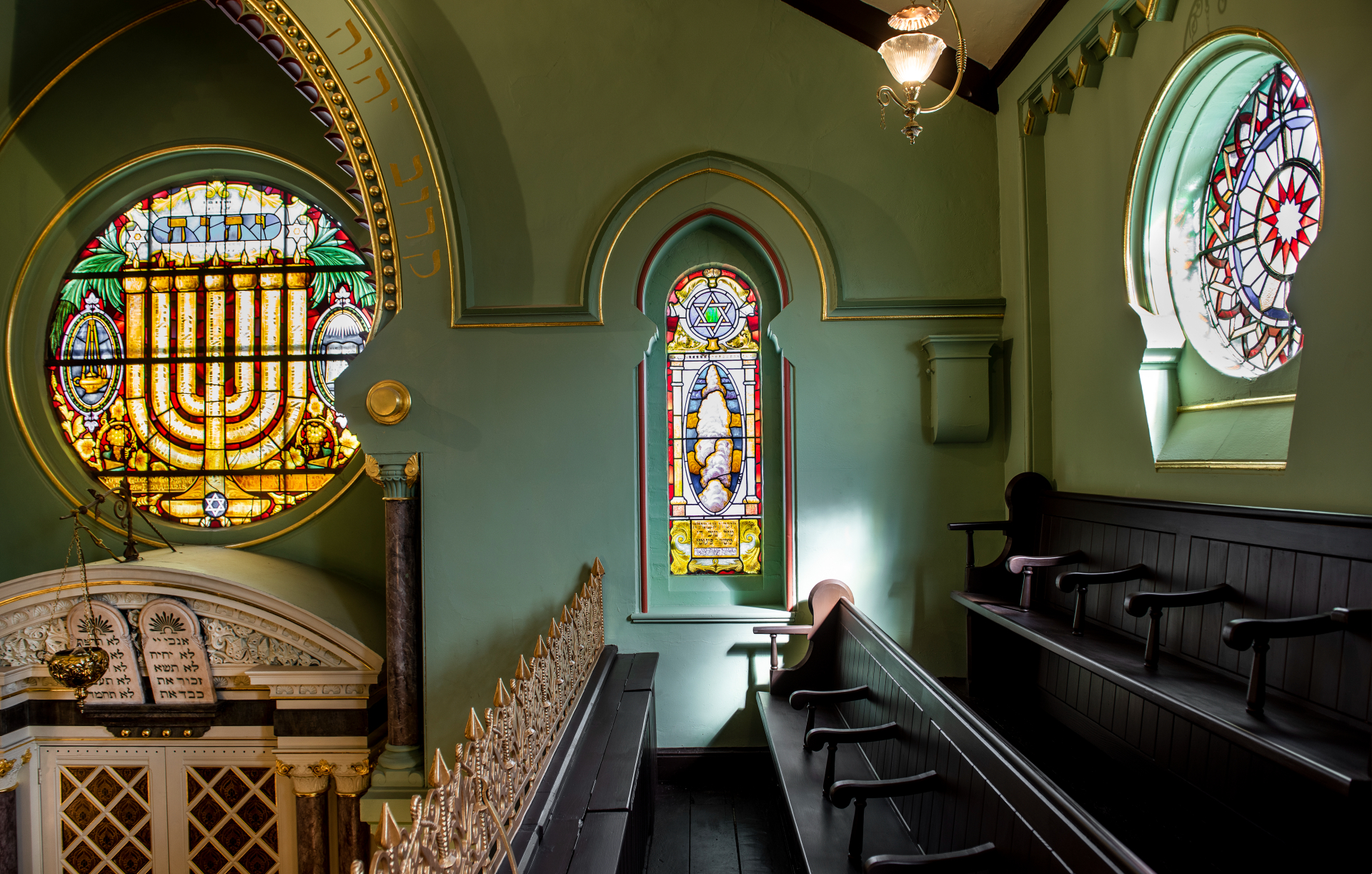
INFORMATION
Receive our daily digest of inspiration, escapism and design stories from around the world direct to your inbox.
Marwa el Mubark is an Irish architect based in London. She is the co-founder of the research and design practice Saqqra and a lecturer at Kingston School of Art.
-
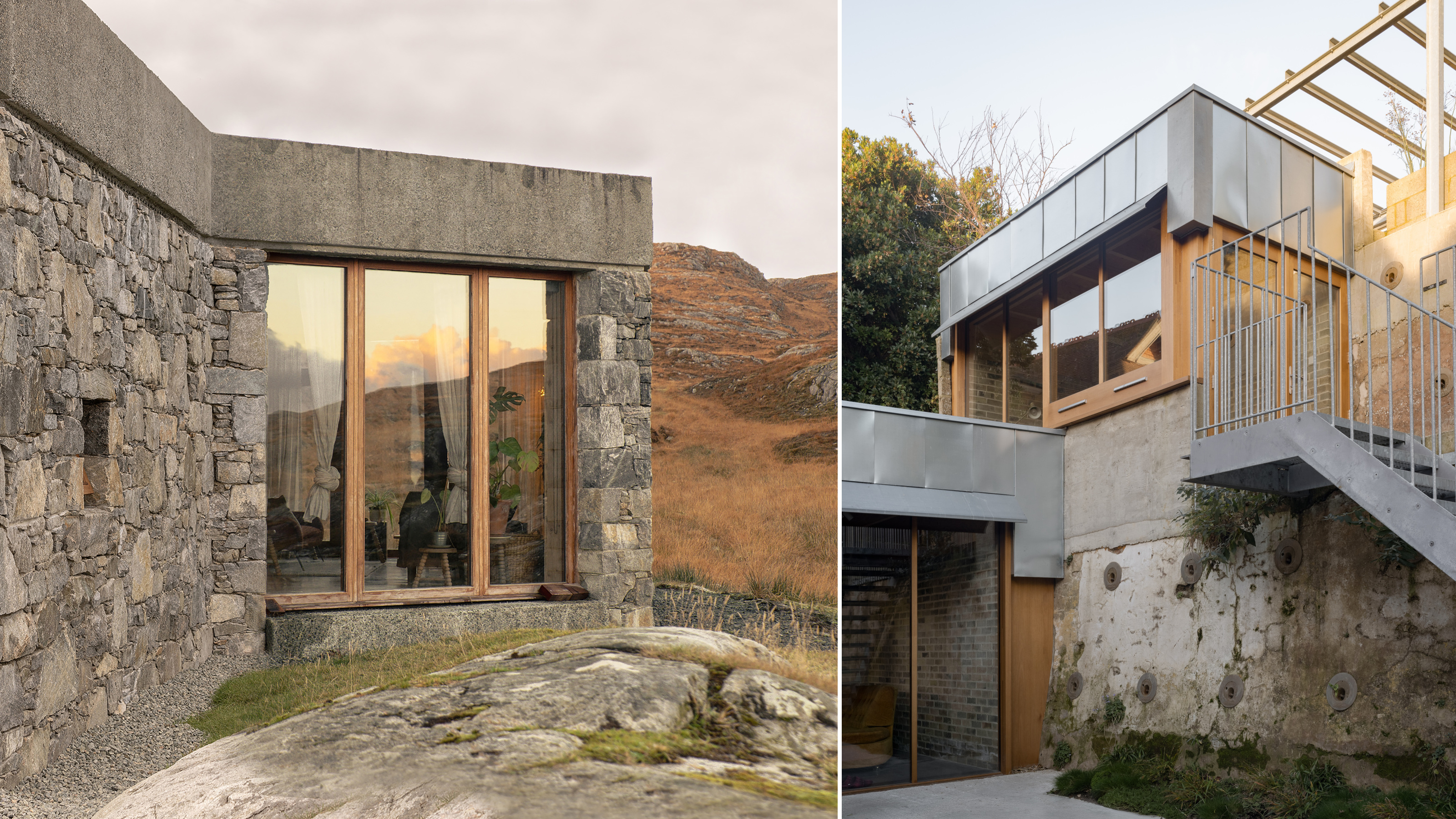 RIBA reveals the first pair of shortlisted structures for the House of the Year 2025
RIBA reveals the first pair of shortlisted structures for the House of the Year 2025Six practices are up for the award, which will be announced on Grand Designs in December. The first two houses, by Izat Arundell and Hugh Strange Architects are previewed below
-
 The Wallpaper* gift guide for the travel obsessed
The Wallpaper* gift guide for the travel obsessedConstant wanderlust is a surprisingly useful trait when it comes to gifting. Explore what to gift the discerning globetrotter
-
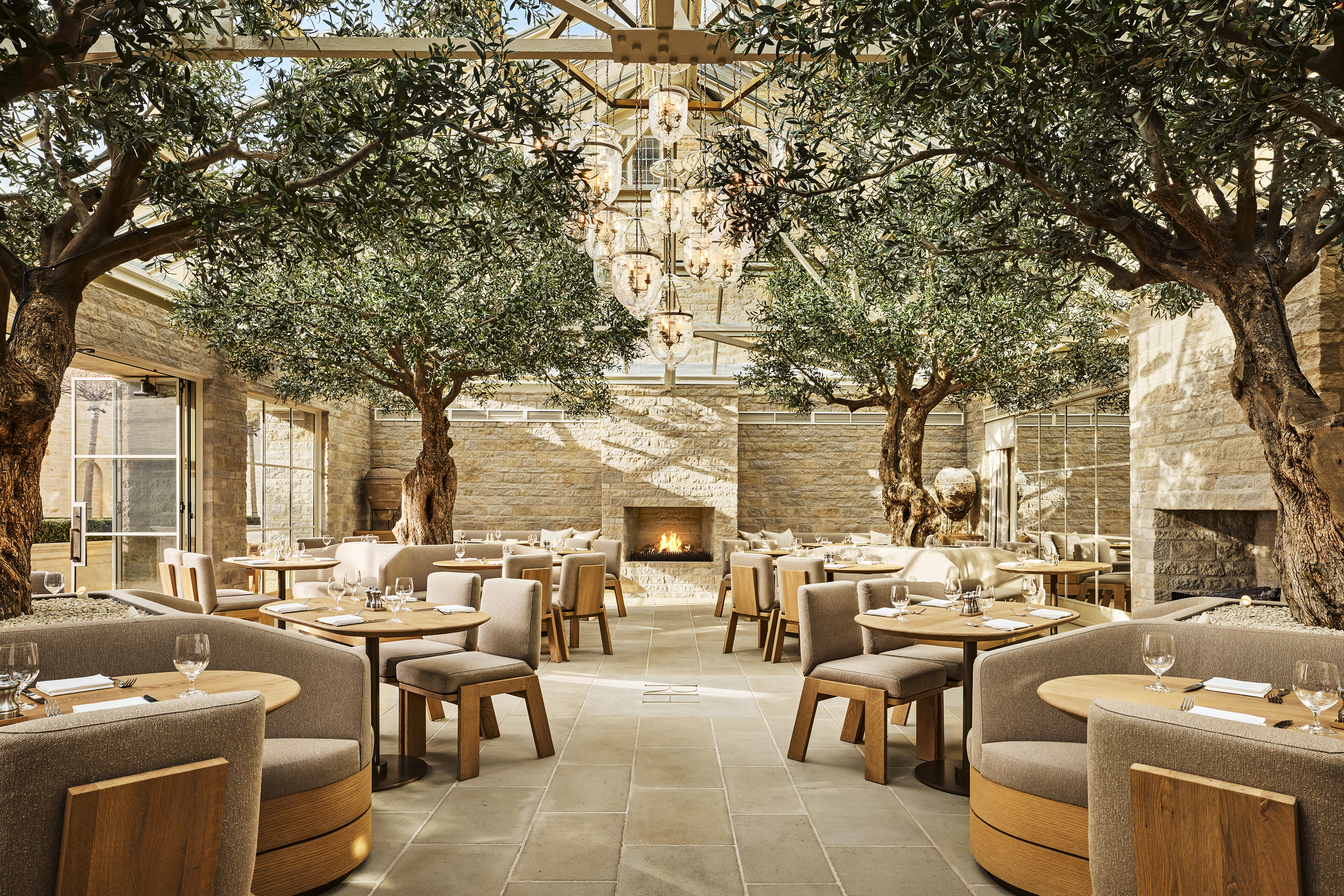 Inside the new Conservatory at RH England, Aynho Park
Inside the new Conservatory at RH England, Aynho ParkRH unveils a conservatory dining space at its English estate and design showcase, featuring a bespoke chandelier designed by Anouska Hempel
-
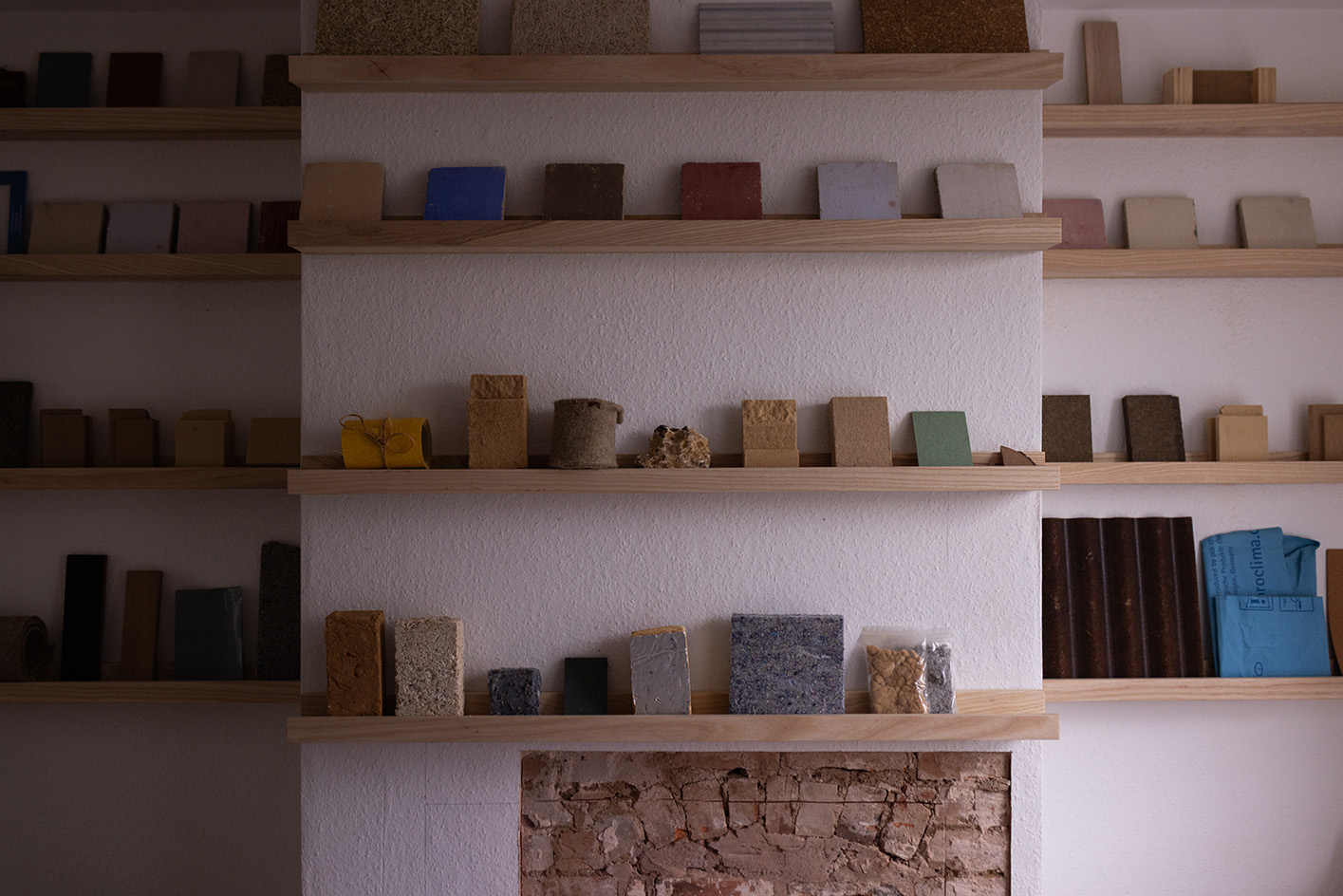 Take a tour of Retrofit House, the live showcase inspiring sustainable homebuilding
Take a tour of Retrofit House, the live showcase inspiring sustainable homebuildingRetrofit House, a showcase for residential redesign using biomaterials and environmentally smart methods, opens in Birmingham, UK, spearheaded by Civic Square, Dark Matter Labs and Material Cultures; we paid it a visit
-
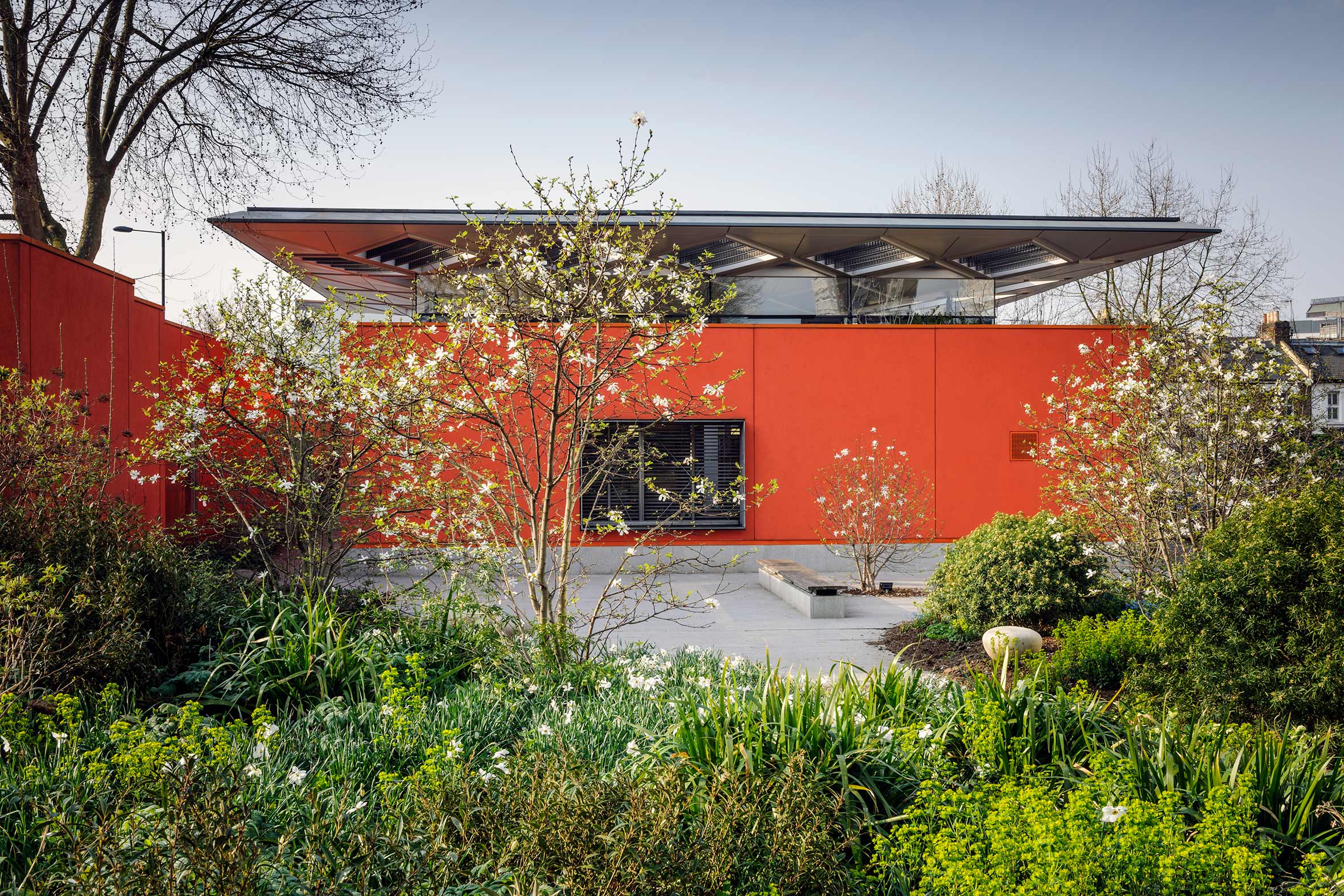 How Maggie’s is redefining cancer care through gardens designed for healing, soothing and liberating
How Maggie’s is redefining cancer care through gardens designed for healing, soothing and liberatingCancer support charity Maggie’s has worked with some of garden design’s most celebrated figures; as it turns 30 next year, advancing upon its goal of ‘30 centres by 30’, we look at the integral role Maggie’s gardens play in nurturing and supporting its users
-
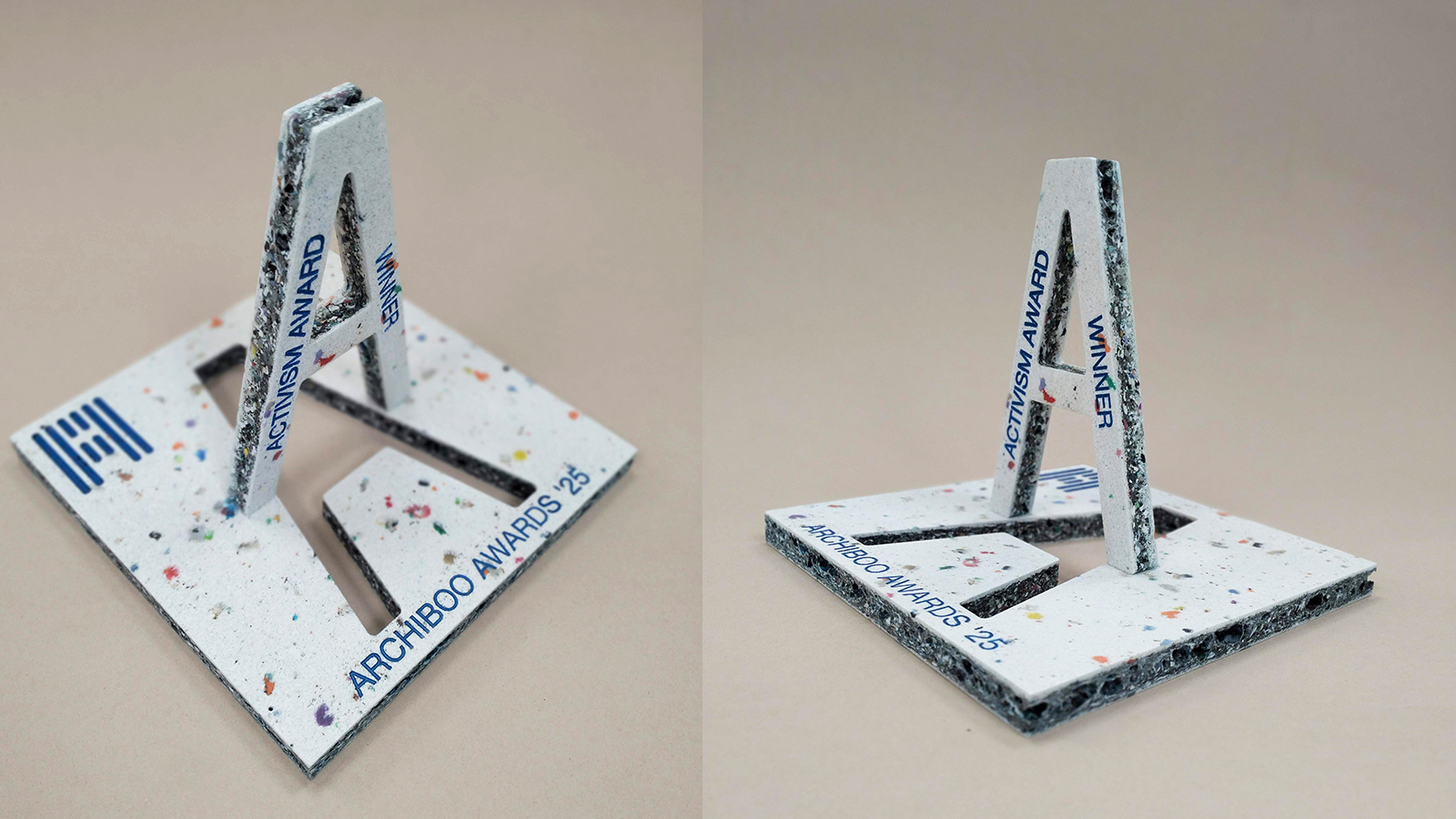 Archiboo Awards 2025 revealed, including prizes for architecture activism and use of AI
Archiboo Awards 2025 revealed, including prizes for architecture activism and use of AIArchiboo Awards 2025 are announced, highlighting Narrative Practice as winners of the Activism in architecture category this year, among several other accolades
-
 Backstage at the Old Vic is all about light, theatre and sustainable action
Backstage at the Old Vic is all about light, theatre and sustainable actionThe theatre's new creative hub by Haworth Tompkins has completed, bringing a distinctly contemporary and colourful addition to the popular theatre space in South London
-
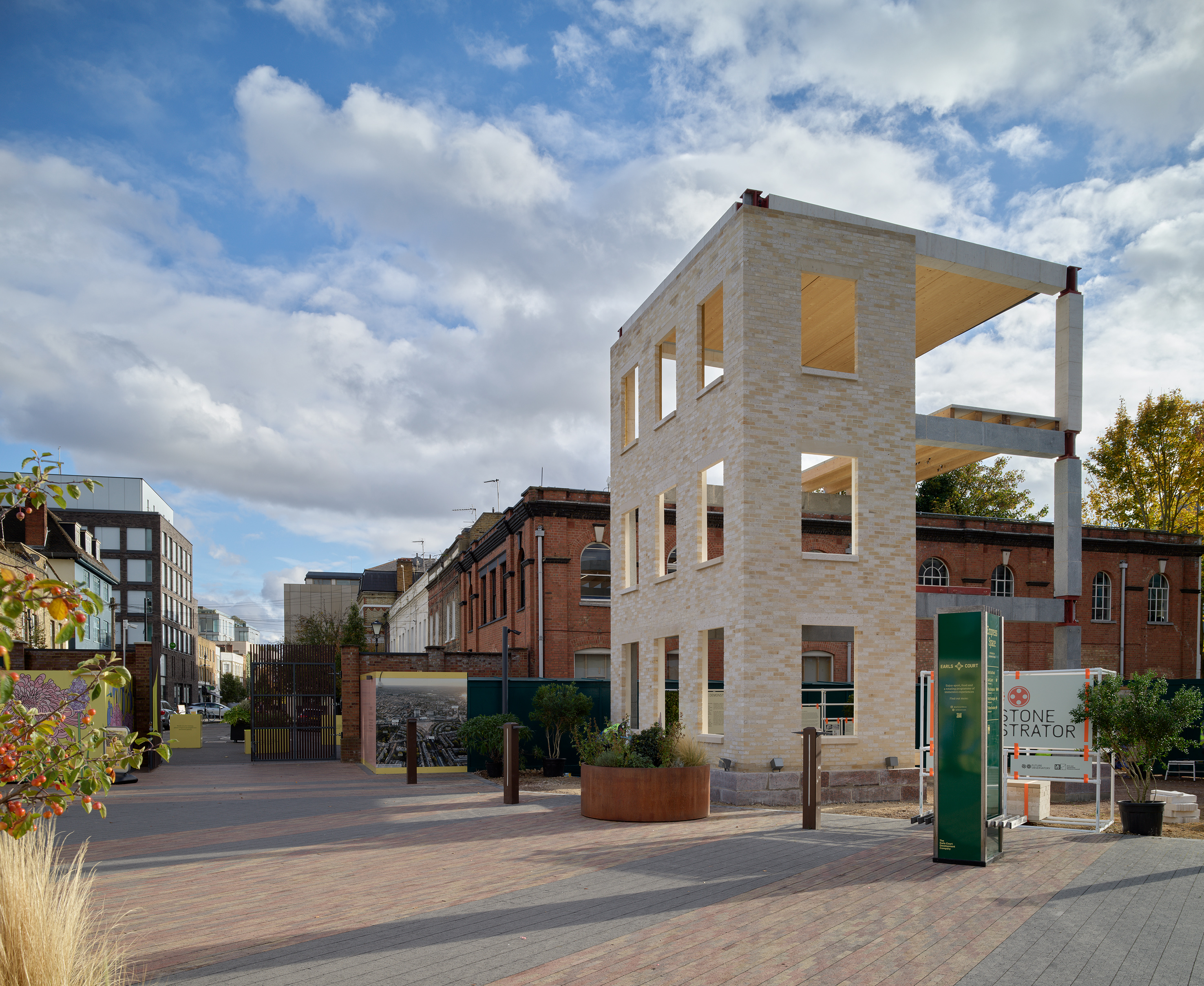 Tempted to try building with stone? This project will convince you of its merits
Tempted to try building with stone? This project will convince you of its meritsWelcome to the Future Observatory's The Stone Demonstrator, a project conceived to show off the material's strong points, now on display in West London
-
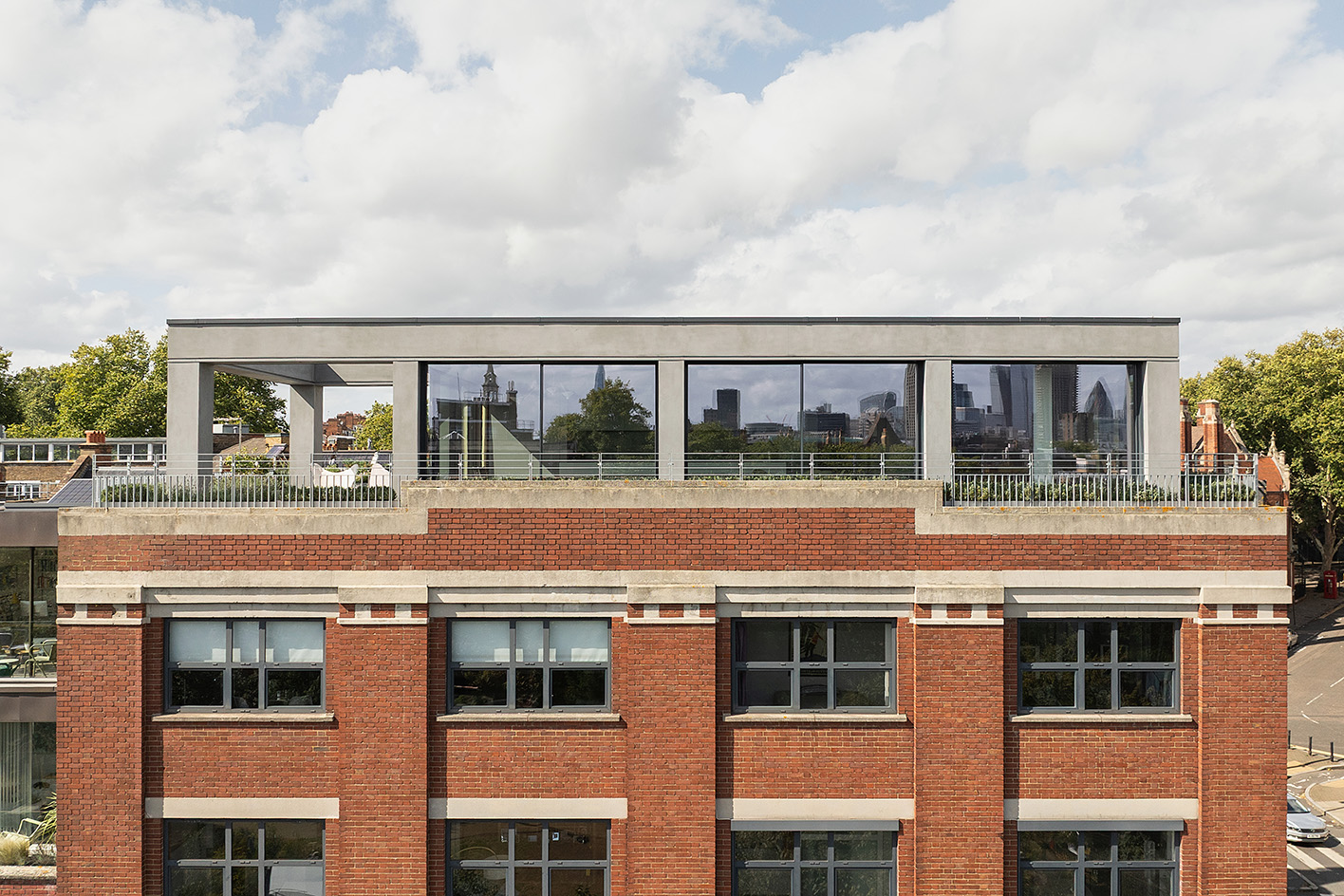 Step inside this Clerkenwell Rooftop, transformed into a minimalist urban abode
Step inside this Clerkenwell Rooftop, transformed into a minimalist urban abodeA Clerkenwell Rooftop has been transformed by Studio Felicity Bell into a minimalist modern home, featuring airy interiors and long views of London
-
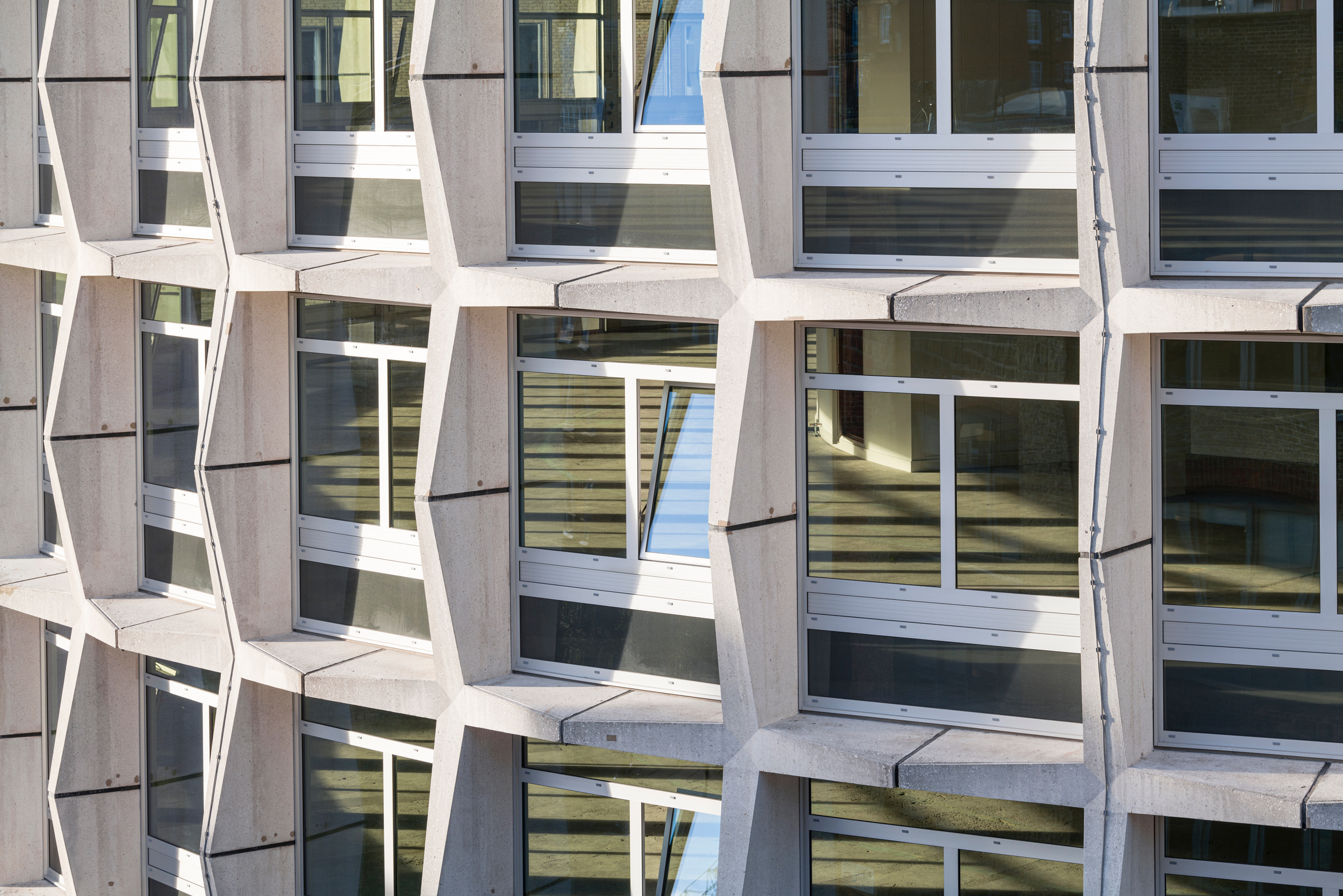 Richard Seifert's London: 'Urban, modern and bombastically brutalist'
Richard Seifert's London: 'Urban, modern and bombastically brutalist'London is full of Richard Seifert buildings, sprinkled with the 20th-century architect's magic and uncompromising style; here, we explore his prolific and, at times, controversial career
-
 Welcome to The Gingerbread City – a baked metropolis exploring the idea of urban ‘play’
Welcome to The Gingerbread City – a baked metropolis exploring the idea of urban ‘play’The Museum of Architecture’s annual exhibition challenges professionals to construct an imaginary, interactive city entirely out of gingerbread